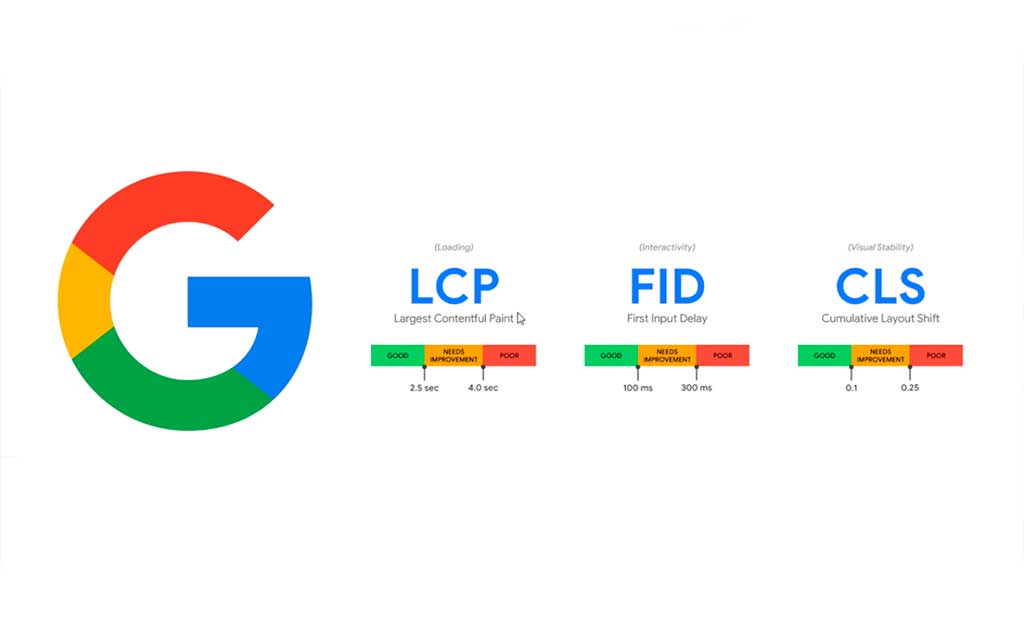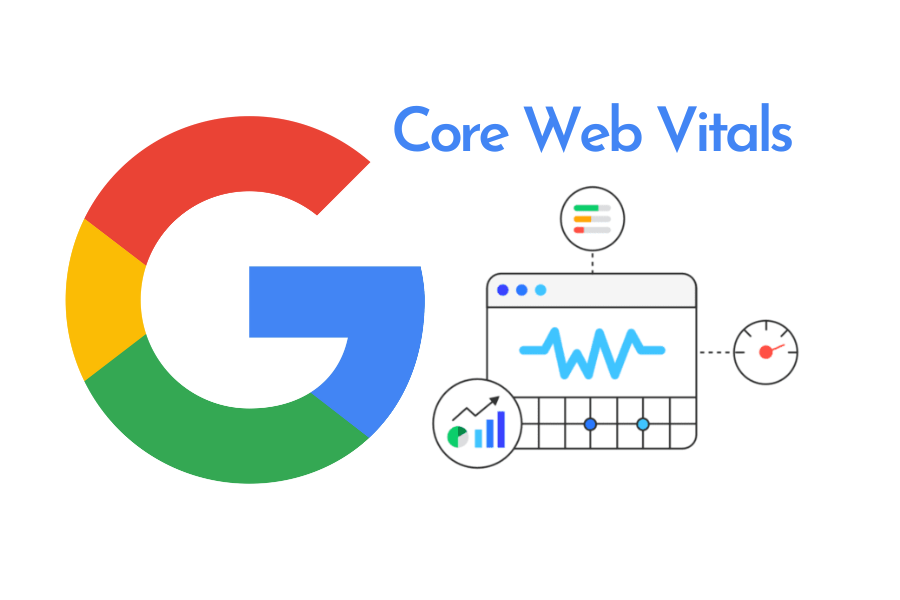Introduction
Google’s Core Web Vitals play a crucial role in determining how your website ranks on search engine results pages (SERPs). These metrics focus on user experience, measuring page speed, interactivity, and visual stability. If your site fails to meet Google’s standards, it could lose valuable traffic and visibility.
In this guide, we’ll explore what Core Web Vitals are, how they impact SEO, and the best strategies to improve your website’s performance.
What Are Google’s Core Web Vitals?
Core Web Vitals are three key performance metrics that Google uses to evaluate user experience:
- Largest Contentful Paint (LCP): Measures how fast the main content loads. A good LCP score is under 2.5 seconds.
- First Input Delay (FID): Tracks how quickly a page responds to user interactions. It should be less than 100ms.
- Cumulative Layout Shift (CLS): Assesses visual stability by detecting unexpected layout shifts. A score below 0.1 is ideal.

Google uses these factors to assess how user-friendly a site is. If your website performs poorly, visitors may leave, increasing bounce rates and lowering conversions.
Why Do Core Web Vitals Matter for SEO?
1. Direct Impact on Rankings
In May 2021, Google officially included Core Web Vitals in its ranking algorithm. Websites that provide a better user experience are more likely to rank higher in search results.
2. Improved User Engagement
A fast, responsive website encourages users to stay longer and interact more. Sites that meet Core Web Vitals standards typically see lower bounce rates and increased conversions.
3. Mobile-First Indexing
Google now prioritizes mobile-friendly websites. If your site is slow or unstable on mobile devices, your rankings may drop, affecting traffic and visibility.
4. Competitive Advantage
Many websites still ignore Core Web Vitals. Optimizing yours can give you an edge over competitors who have slow, poorly optimized sites.
How to Improve Your Core Web Vitals
1. Optimize Largest Contentful Paint (LCP)
A slow-loading page can frustrate visitors and increase bounce rates. To improve LCP:
- Use a fast, reliable hosting service
- Enable browser caching and lazy loading
- Optimize images and videos to reduce file size
- Minimize JavaScript and CSS blocking resources
Tool to Use: Google PageSpeed Insights
2. Reduce First Input Delay (FID)
FID measures how fast a page responds to user actions like clicks or taps. To improve FID:
- Optimize JavaScript execution to reduce render-blocking
- Implement browser caching to speed up loading
- Use a Content Delivery Network (CDN) to reduce latency
Tool to Use: Lighthouse by Google
3. Improve Cumulative Layout Shift (CLS)
Unexpected page movements frustrate users. To fix CLS issues:
- Set fixed dimensions for images, ads, and embeds
- Use font-display: swap to prevent flash of unstyled text (FOUT)
- Load web fonts properly to avoid layout shifts
Tool to Use: Web.dev CLS Debugger
How to Check Your Website’s Core Web Vitals
To analyze your site’s performance, use these tools:
- Google Search Console: Provides a Core Web Vitals report with real user data.
- Google PageSpeed Insights: Identifies LCP, FID, and CLS issues with recommendations.
- Lighthouse (Chrome DevTools): Offers a detailed audit of performance, accessibility, and SEO.
By regularly testing your website, you can identify weaknesses and make necessary improvements.
The Future of Core Web Vitals in SEO
Google is constantly refining its ranking factors. While Core Web Vitals are essential today, their importance may grow even further. Google may introduce new metrics that focus on user experience, accessibility, and security.
To stay ahead:
- Monitor Google’s algorithm updates
- Continuously test and optimize your site’s performance
- Prioritize mobile-first design and fast-loading pages
Investing in Core Web Vitals optimization is a long-term strategy that will keep your website competitive and ensure better rankings.
Final Thoughts: Prioritize User Experience for Better Rankings
Core Web Vitals are more than just technical SEO metrics—they directly impact how users interact with your site. By improving LCP, FID, and CLS, you create a faster, more engaging, and higher-ranking website.
If you want to boost rankings, start optimizing today! Use Google’s tools, monitor your progress, and keep up with best practices to ensure long-term success.
Want to learn more about optimizing your website? Check out our other blogs for expert insights on SEO, web design, and performance improvements!
10 Powerful Features for a High-Performing Business Website
Best Practices for Regular Website Backups & Security
Essential E-Commerce Security Tips to Protect Your Store
Website Maintenance Made Easy: A Step-by-Step Checklist for Success



